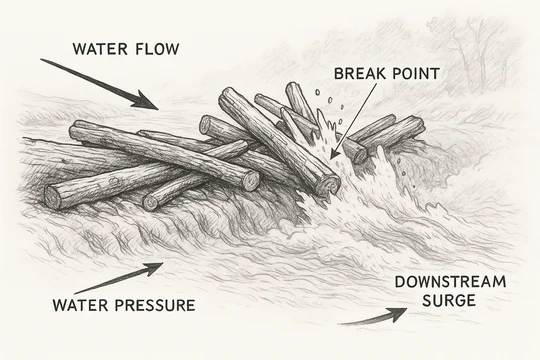In certain circumstances, a stay pending the resolution of an ITC Section 337 Investigation is automatic. But where the overlap in patents is not total, whether to stay proceedings on the non-overlapping patents is left to the discretion of the district court judge.

Judge Andrews recently exercised that discretion to deny a request to continue a stay for non-overlapping patents where one of twelve patents-in-suit was still pending at the ITC.
Initially, five of the twelve patents had been asserted at the ITC. Of those, three were involved in an appeal to the Federal Circuit, and just one was remanded to the ITC.
The defendant in Wirtgen America, Inc. v. Caterpillar, Inc., C.A. No. 17-770-RGA argued that all five overlapping patents were subject to a mandatory stay under 28 U.S.C. § 1659(a).
Judge Andrews disagreed, finding that while the proceedings involving that one patent must be stayed pursuant to Section 1659, proceedings as to the remaining four ITC patents (for which the ITC's determinations were "no longer subject to judicial review”) could be restarted, at the Court's discretion.
As for the remaining four overlapping patents and seven additional non-overlapping patents, Judge Andrews found that although the stage of the litigation is "very early," and although the plaintiff's claims of prejudice arising from a continued stay were not "particularly persuasive," continuing the stay just didn't make sense:
[A] stay is simply postponing the inevitable. Neither the issues nor the discovery in this action will be simplified by issuing a stay relating to the claims involving the eleven patents that are not now at issue in the ITC. Besides encompassing similar subject matter and having a shared presence in the accused infringing products, the issues involving the ’641 Patent are largely independent since that patent is in a different family from all the other patents-in-suit. . . . Thus, claim construction may also be simplified since one less patent from a different patent family provides less complications.
In a footnote, Judge Andrews suggested that because of the number of patents asserted ("patents from many more patent families than can actually be tried in a one-week trial"), the stayed patent "should drop out of this case" if the ITC proceedings do not resolve quickly.
If you enjoyed this post, consider subscribing to receive free e-mail updates about new posts.




